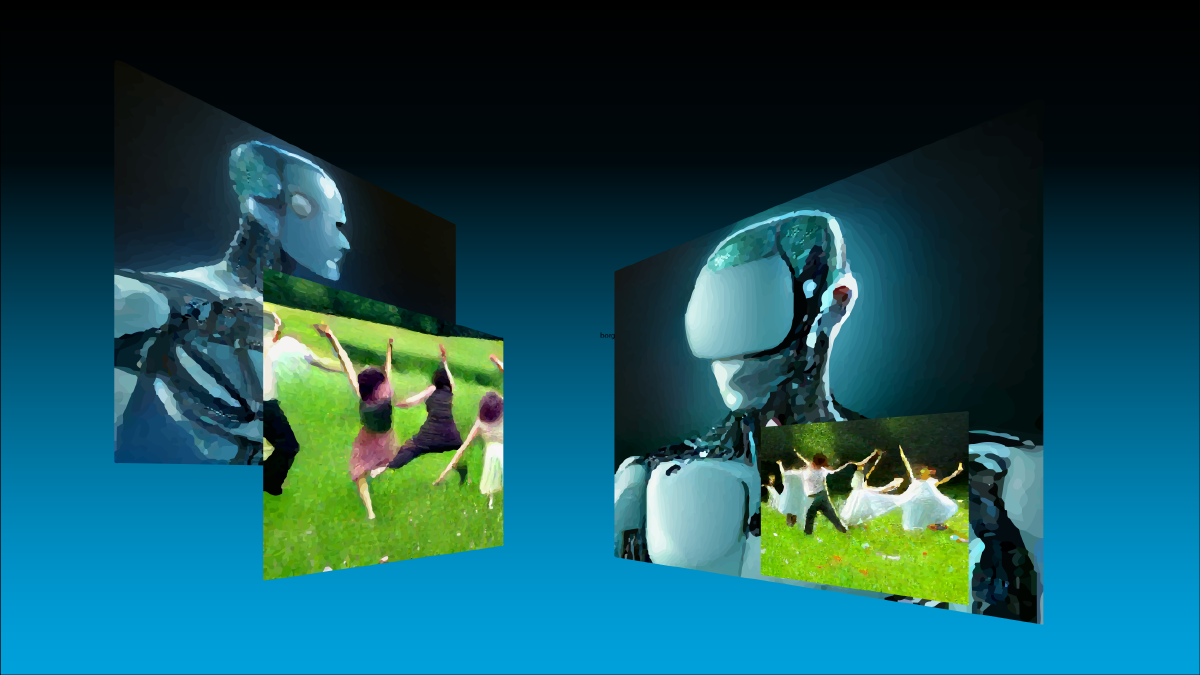Living in the metaverse is like living in Star Trek's Uni Matrix Zero
- 5 minutes read - 1027 words
Table of Contents
Uni Matrix Zero is a term used to describe a simulated reality used by the Borg in the Star Trek universe. The Borg is a race of aliens connected to a collective consciousness. They use a simulated reality known as Unimatrix Zero to rest and recharge.
It is a pan-galactic Metaverse, where the avatars are represented with holograms, and the interface to the Metaverse is a brain implant.
What exactly is the Unimatrix Zero in Star Trek?
Within the canon of Star Trek fiction, the term “Uni Matrix Zero ” refers to a virtual reality that Borg has created for their purposes. The Borg are an alien race with a single, cohesive consciousness permeating their whole species.
To rejuvenate themselves and obtain some much-needed slumber, they fly to a virtual world known as Unimatrix Zero. Following their discovery of Unimatrix Zero, the crew of the USS Voyager immediately begins searching for a way to free the Borg captives that are being held there. In the end, the Voyager crew can accomplish their task of destroying Unimatrix Zero and saving the Borg.
Putting the pieces together
Some of our users want to relax in a virtual environment while socializing with their pals. They are linked together through a vast intergalactic network, which they navigate using avatars to access the virtual world.
Various virtual products include outfits, accessories, and even weaponry. The environment of “Star Trek’s Unimatrix Zero” is very similar to that of other massively multiplayer online role-playing games (MMORPGs), with flowers, trees, grass, and water. It maintains a striking contrast with the dull, dark reality that is found aboard a Borg’s vessel.
Individuals are connected via a vast network and communicate with one another through avatars. This concept is similar to that of the Metaverse. It’s interesting to note that the Borg are just drones for a larger collective, and the central plexus of Unimatrix Zero is where they can recover their original selves.
One way to look at the Borg is as individuals who are forced to work jobs they do not enjoy to pay their expenses and can only be themselves in a virtual environment (Escapism). Borg are cyborgs, meaning they are biological persons with cybernetic implants giving them extraordinary skills. However, the collective is suppressing individualism in Borg, which is an essential point.
The Matrix
It is also comparable to the world of “The Matrix,” in which human beings are contained within pods. Robots harvest their bodies to generate the energy required to power the robots and the virtual world that make up “The Matrix.”
The robots function as a collective entity without a soul, thwart any attempt to flee from the Matrix (which fails in the end).
The Individual and the Metaverse
We can only hope that the Metaverse will not attempt to subdue us and use us as a source of electricity. Even though there are specific differences, the virtual world is frequently about escapism and entering another reality.
The term “dystopian” was first used in a science fiction novel that depicted a future society in which powerful businesses and organizations ruled over their subjects. In many ways, the Cyberspace of “Neuromancer” can also be compared.
Even if the Metaverse were fully realized, let’s call it Metaverse 2032 for the sake of argument, the natural world would still exist. We shall maintain our bodies and our mind. The Metaverse of 2032 may connect everything, including people, services, and things, and make it possible for humans to learn about new concepts and worlds.
This is not a bleak future
Decentralization is at the heart of both Web 3.0 (Web3) and the metaverse concept, which encourages users to express themselves in digital form. This is a form of escapism. However, it is not as intense as seen in “The Matrix” or “Star Trek’s Unimatrix Zero.”
But despite having the best intentions, one may still end up with undesirable results. You can look at web3 and the Metaverse as an attempt to get away from the dominance held by existing platforms such as Google and Facebook/Meta. If you look more closely, you will notice that web3 is built on media and that the existing platforms are attempting to get a foothold in the market.
It would be interesting to find out what George Orwell would have thought of the Borg queen if he had been able to comment on her. The individual who uses her ideas to influence a group is known as the “borg queen.” That makes things far further than George Orwell’s 1984, which just featured typical forms of brainwashing.
Conclusions
The similarities between “Star Trek’s Unimatrix Zero” and “The Matrix” are immediately apparent when compared to “Snow Rush’s” Metaverse and “Neuromancer’s” cyberspace. The virtual terms are frequently used in a dystopian or menacing setting. It seems that the individual is contrasted with the communal in this discussion. The individual can either be controlled through the universal virtual worlds or set free through their use.
The way the Metaverse is developing now gives the impression that we are headed toward open worlds where each person will have the opportunity to express themselves. In contrast to massively multiplayer online role-playing games (MMORPGs), which require a significant investment of time but offer no tangible benefits, the Metaverse may provide some real benefits. Not necessarily through the production of an infinite wave of virtual cyber kitsch, but rather through the facilitation of increased productivity.


